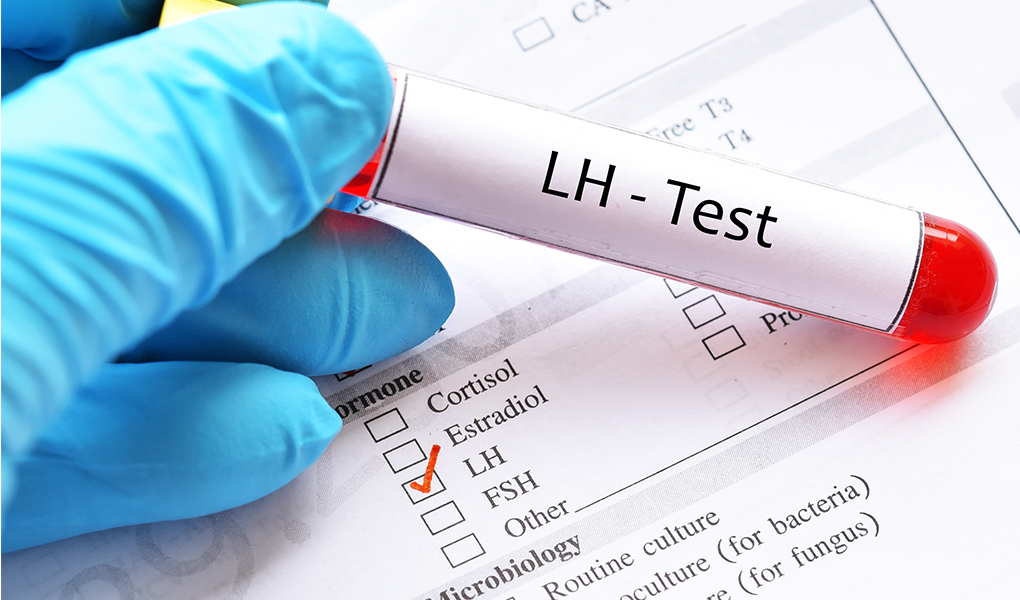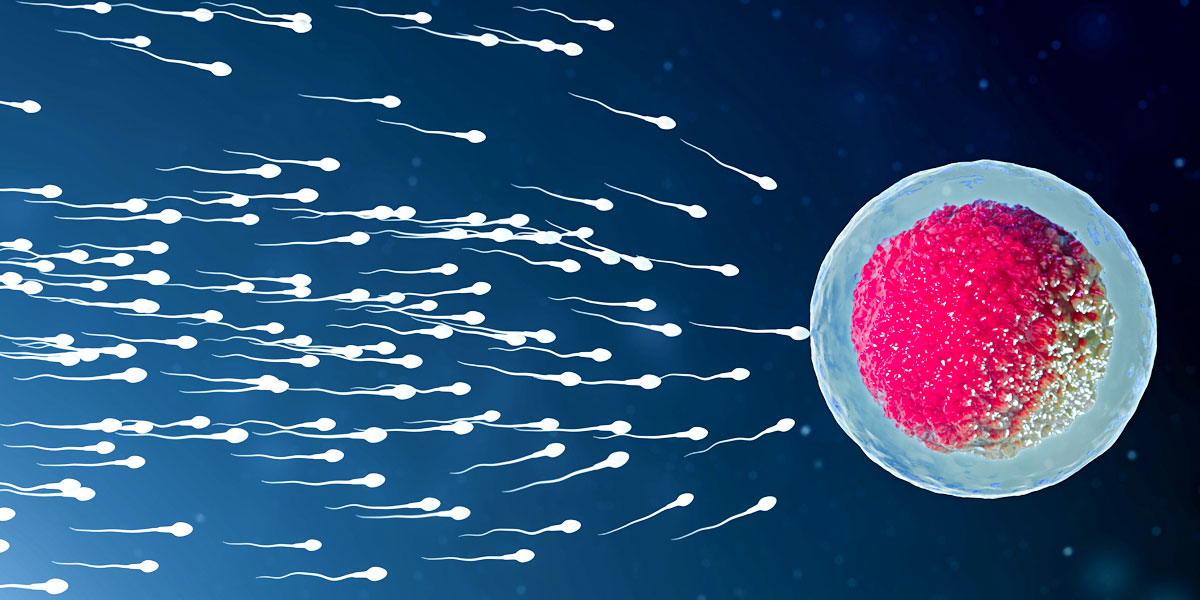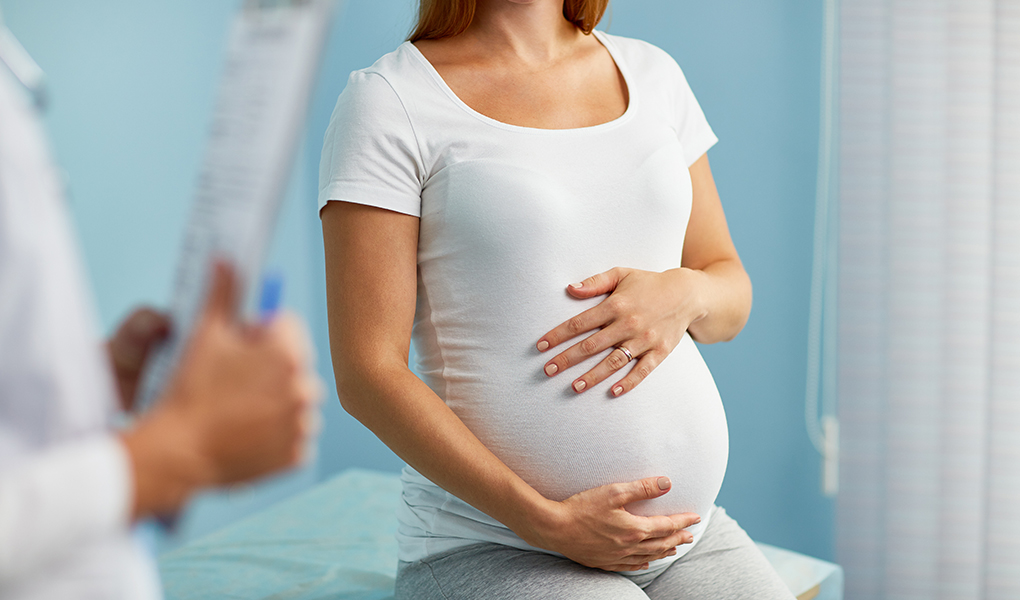LH (Luteinizan hormone) is an hormone released by the hypophysis tissue in the brain. From the hypophysis tissue along with LH, FSH (Follicle Stimulant Hormone), TSH (Thyroid Stimulant Hormone), GH (Growth Hormone) prolactin and many other hormones are released to help our regulating body functioning and sexual functioning along with reproductive functioning. For human’s reproduction processes in a loop of hormones. The components of this cycle are the region of the brain called the hypothalamus, the anterior part of the pituitary, which is a diaper located at the base of the skull, the ovaries in women and the testicles in men. GnRH (Gonadotropin Releasing Hormone) secreted from the hypothalamus acts on the pituitary gland, causing FSH and LH secretion. LH and FSH also fulfil their duties by reaching the last stop organs, testicles and ovaries.
Duty of LH (Luteinizing Hormone)
LH hormone has task on male and female sexual functions. For male its duty is to release testosterone in testicles. Therefore, LH hormone’s role is highly important as the testosterone gives male characteristics and normal sexual functions. It triggers the egg ovulation. If the ovulation does not occur, fertilization is not possible and therefore pregnancy does not happen. On top of that LH helps releasing oestrogen and progesterone hormones these hormones play an important role for pregnancy to occur and sustain.
What is the Ideal LH (Luteinizing Hormone) Level?
Normal LH value, for female can show differences depending different times on menstruation period or not, for male it shows difference depending on the age. In order to be able to say if the levels are abnormal, we need to know these. Additionally, you need to keep in mind that reference values can show differences on different hospitals and laboratories. Average reference value for male pre-puberty is below 1 IU/L, for an adult man it is between 1-9 IU/L. For female pre-puberty it is below 1 IU/L once female starts having menstruation on the follicular phase 1-18 IU/L, on the mid of the cycle 20-80 IU/L and on the luteal phase 0.5 – 18 IU/L it can said that LH hormone levels are normal. Post-Menopause period 12-55 IU/L LH hormone levels can be seen.
What is LH (Luteinizing Hormone) Test?
LH test shows the volume of LH hormone either on blood or urine. LH test can be requested from your doctor during an infertility treatment for both male and female partners. In order to measure the levels of LH hormone in the blood, at an hospital blood sample can be taken. For the LH hormone levels in the urine, LH hormone test can be named as ovulation test. Especially for the pregnancy this test can be applied at home during the mid-phase of the menstruation cycle to observe and sudden increase on the LH hormone. If the ovulation occurs normally sudden increase on the LH hormone can be observed. This increase can be measured from the urine. This is also used to determine ovulation time, therefore the best time for the sexual intercourse.
When We Should Conduct LH (Luteinizing Hormone) Test?
Generally, LH hormone levels on the blood are requested for Gynaecological and Endocrinological examinations. For children, it must be measured to understand development disorder during puberty. For adults, it must be measured to understand menstruation disorders and infertility reasons.
What Does LH Increase?
Increasing LH can be an prodrome of many diseases. One of the most frequent ones are cysts in the kidney or ovaries and Polycystic Ovary Syndrome this can also cause infertility. Rarely, tumours on the hypophysis tissue can cause increase in the LH hormone. Some of the genetic diseases such as Turner syndrome or radiotherapy or chemotherapy for cancer treatment can cause LH levels to increase. After hysterectomy operation increase in LH levels can also be observed. For male any kind of diseases that affects testicles can increase the LH hormone levels.
How to Reduce LH Hormone?
There is no medication that is specifically aiming to reduce LH hormones. On the conditions that increases the LH hormone, underlying reason should be spotted than treatment should be applied for that condition. Along with this, especially studies about polycystic ovary syndrome there are some advises to reduce LH hormone. With exercise and low glycaemic nutrition will reduce the insulin resistance and by that LH hormone levels will be reduced. In addition, antioxidants such as Inositol and Omega 3, a Vitaminoid involved in carbohydrate metabolism, have been shown to be effective in reducing LH levels.
What is Low LH (Luteinizing Hormone)?
The most frequent causes of low LH hormone is because of hypothalamus and hypophysis tissue disorders. If another hormone prolactin is high which is released from hypophysis tissue, low LH hormone levels can be observed. Over-stressed lifestyle, anorexia nervosa and similar dietary disorders, and it can be seen along with Kallman syndrome which causes not being able to smell. Again, some birth control, tranquillizer or Digoksin used for heart failure medications, can reduce the LH levels in the blood.
What Reduces LH Hormone?
Except for the reasons mentioned earlier, LH hormone, sickle cell anemia, post-operative or radiation therapy related to adrenal tumors, sarcoidosis, pituitary gland tumors after surgery or radiation therapy, meningitis, head traumas, deficiencies in thyroid hormones, reproductive hormone secreting tumors, congenital adrenal hyperplasia. also declines. Especially, changes in LH hormone levels due to head traumas that can be seen in children may present as a cause of puberty precox (early puberty).
LH Hormone and Pregnancy
LH hormone increase that takes place in the middle of the menstrual cycle is the main mechanism for ovulation. Ovulation develops within 24-36 hours after the LH increase. This sudden LH peak in the blood is detected by tests in the urine. If your period is taking place regularly, the test can be done every day for five days, starting the test 12 days after the onset of menstruation. If the test is positive, it means that there will be ovulation within an average of 24-36 hours. In this case, having a relationship after 24 hours will increase the chance of getting pregnant. Since the egg will remain alive for 24 hours, the relationship can be maintained for the first 48 hours after ovulation.
FSH and LH
Both LH and FSH (Follicle Stimulating Hormone) are known as gonadotropic hormones. They both secrete from the pituitary gland and provide the development of ovulation in synergy. FSH is secreted in the first half of the menstrual cycle, stimulating the follicles in the ovaries and ensuring the growth of the egg. Simultaneously, it stimulates the release of oestrogen from the follicles. When the oestrogen increase reaches a sufficient level, it stimulates the pituitary gland and stops the release of FSH, and LH is secreted. LH causes the egg to crack and become ready for fertilization. As can be seen, in the regulation of female menstrual cycle and reproductive functions, LH functions in important functions in interaction with other sex hormones. Rather than evaluating the hormone LH alone, it is of great importance to evaluate it with other hormones.
For all your questions you can call us from +90 444 39 49.










Be the first to comment